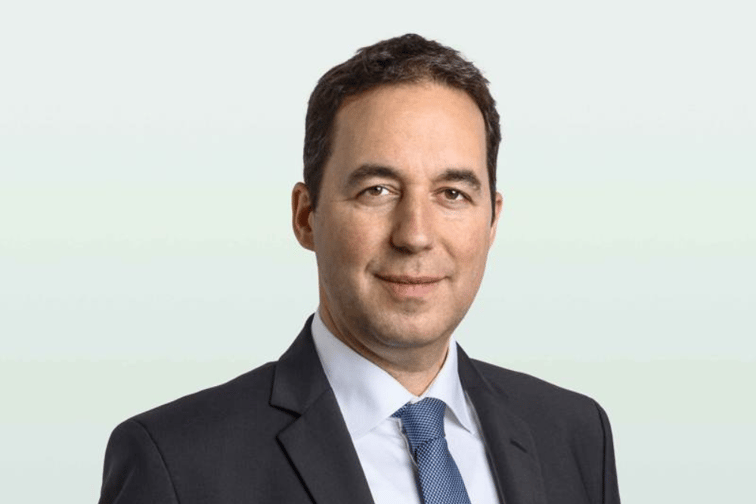

With several lines of business facing something of an affordability crisis, Christian Mumenthaler (pictured), CEO of Swiss Re, was recently quizzed on whether the reinsurance giant would be willing to take back more exposure to secondary perils, including home insurance, following a series of market withdrawals from insurers Stateside.
His reply was to put the focus firmly on local insurers – noting that as many secondary perils are local in nature, it makes sense for primary insurers to be their risk managers.
“They go and see the house, they know the owner, they know exactly where it’s located,” he said. “Whereas we are more portfolio writers, we cannot go down to everyone and make our own risk assessments. So, we think for these smaller losses that are very local, it makes sense to have good risk management on the insurer side and for insurers to carry that risk. We support them more with data and methods, and we have collaborations where we provide tools to measure those risks.”
The responsibility of reinsurers is to put a price to risk Mumenthaler said, and as climate change continues to impact properties, a feedback loop is ensuing which means that, for the first time, the cost of the climate crisis is impacting consumers.
However, he noted that it is both feasible and imaginable for this to be done sustainably, especially in Europe where there is a free market for price changes. Noises around insurability are largely linked to specific states in the US where you have to get approval for your price increases with regulators, and some regulators are refusing to grant these, causing some companies to exit the market. This, he said, is a very specific issue and has nothing to do with the price levels themselves or reinsurers’ ability to cover these risks.
There has been a lot of conversation about how climate change is going to yield higher costs, Mumenthaler said. Swiss Re’s capital allocation to nat-cat has not reduced but rather increased. He affirmed that the reinsurer continues to be “totally committed” to the nat-cat field and has no intention of abandoning it.
However, he reiterated, very local and smaller nat-cat risks are not the natural domain for a global reinsurer. Rather, it’s the natural domain of primary companies, as supported by the models Swiss Re provides - these risks need to be priced on a very local basis.
As for market withdrawals, he suggested this is a consequence of “not allowing the system to do the work it has to do” on pricing risk in a granular way.
“Then people will build the houses where it’s safer, or… they know it’s more expensive, so they will use better materials, better standards, etc.,” he said. “And there’s a logic to using those because you have a higher price for risk.”
Mumenthaler was speaking as Swiss Re posted a net income of US$3.2 billion for the full year 2023, representing a spike from 2022’s net income of US$472 million. It was a strong showing for the global re/insurance giant which saw its return on equity (ROE) increase to 22.3%, up from 2.6% in 2022, while its net premiums earned and fee income grew 4.4% to US$45.0 billion.
